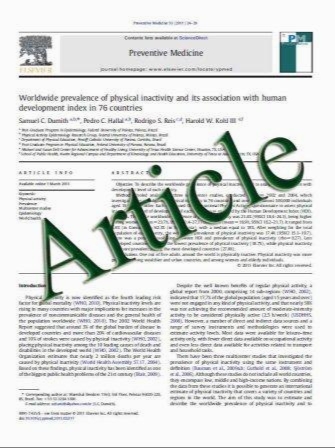As time goes by? The fallacy of thrombolysis in STEMI networks
- نوع فایل : کتاب
- زبان : انگلیسی
- مؤلف : Wolfgang von Scheidt Christian Thilo
- چاپ و سال / کشور: 2011
Description
Primary percutaneous coronary intervention (PPCI) is superior to thrombolysis (TL) as reperfusion therapy in ST-elevation myocardial infarction (STEMI). TL is a rapidly available, but semi-effective therapy (effective reperfusion in 50% of patients only), whereas PPCI is a potentially delayed, but highly effective therapy (effective reperfusion in[90%). Since TL loses its efficacy beyond 2–3 h after symptom onset, it is a significant reperfusion alternative to PPCI in early presenters only. The individual decision to treat an early presenter with PPCI or TL requires the evaluation of the time delay between potential start of TL or PPCI, the PCI-related delay (PRD). PRD is greatest, if TL is given in the prehospital setting. Until now, prehospital TL as the most rapidly available reperfusion strategy has failed to demonstrate any prognostic or even any other relevant benefit compared to PPCI in any subgroup of patients, even with time delays for PPCI of up to several hours. On average, a median PRD of at least 90–120 min can be considered a time corridor of prognostic superiority of PPCI over TL. This is already achieved in contemporary registries and myocardial infarction networks. Therefore, the efforts should not focus on the implementation of a dual reperfusion strategy (PPCI, and prehospital TL in selected cases) in established or upcoming myocardial infarction networks, but concentrate on the availability of PPCI in less than 2 h. TL, as rapid as possible, i.e. prehospital, is a vital treatment option in case of non-existing PPCI facilities within a median time limit of 2 h or even more, a scenario not existing or easily to eliminate in European countries by implementing well organized myocardial infarction networks. This is the mission to be accomplished
Clin Res Cardiol Received: 14 July 2010 / Accepted: 8 June 2011


